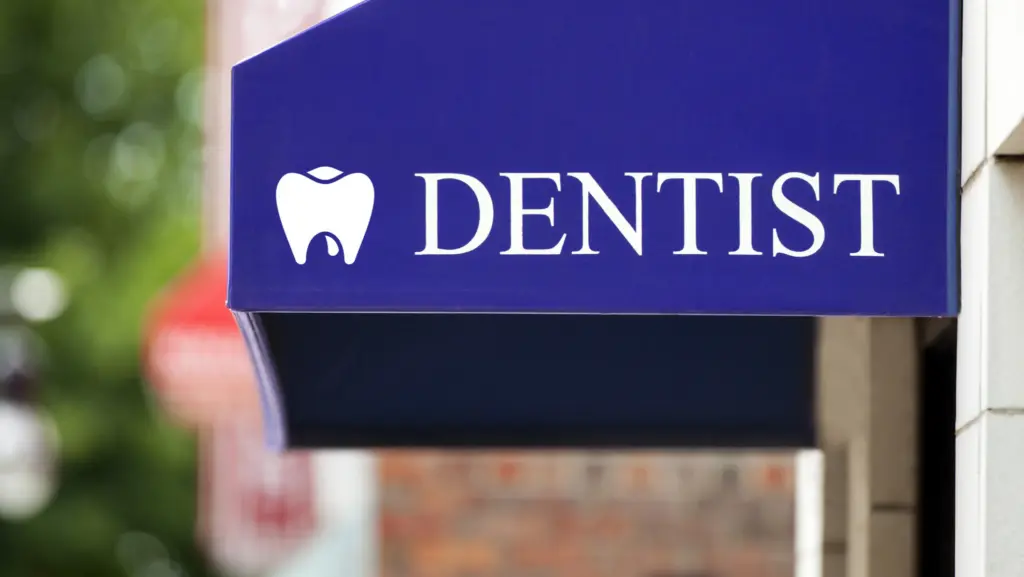
Dentist Ownership Trends Stay Strong Across Generations
Recent data from the United States suggests that newer generations of dentists will eventually own practices at about the same rates as past cohorts. This counters earlier predictions that younger dentists would eschew ownership in favor of employment models, such as corporate dental groups, for better work-life balance and fewer administrative responsibilities.
The analysis comes from trends tracked over time, examining how many dentists—by generation—transition from being employees to practice owners. While mid-career and seasoned dentists have historically had higher rates of ownership, early-career dentists in recent years show increasing movement toward owning practices or forming partnerships. Some of the key observations include:
Younger dentists are more likely to begin their careers as associates or employees, delaying ownership until later in their careers.
Despite this delay, ownership rates tend to converge over time across generations. By mid-career (10–15+ years into practice), ownership proportions become comparable.
Contributing factors include evolving financial models, improved access to financing, mentorship and partnerships, and changing attitudes toward autonomy and control over one’s work environment.
Some younger dentists also adopt hybrid models—owning a portion of a practice or investing in group models—before fully transitioning to sole ownership.
These findings challenge the assumption that modern dentists are permanently moving away from ownership. Rather, they suggest a phase-shift: today’s dentists may just take longer to adopt ownership roles. Over the long term, their ownership trajectory is likely to mirror that of dentists from earlier generations.
In practice, this means the dental industry should continue supporting pathways to ownership—such as financing options, transition planning, and mentorship—while acknowledging that timing and models of ownership may evolve.
Original Article:
Data shows recent U.S. dentists will eventually own practices at similar rates as previous generations
Source: Oral Health Group
Published: 2025